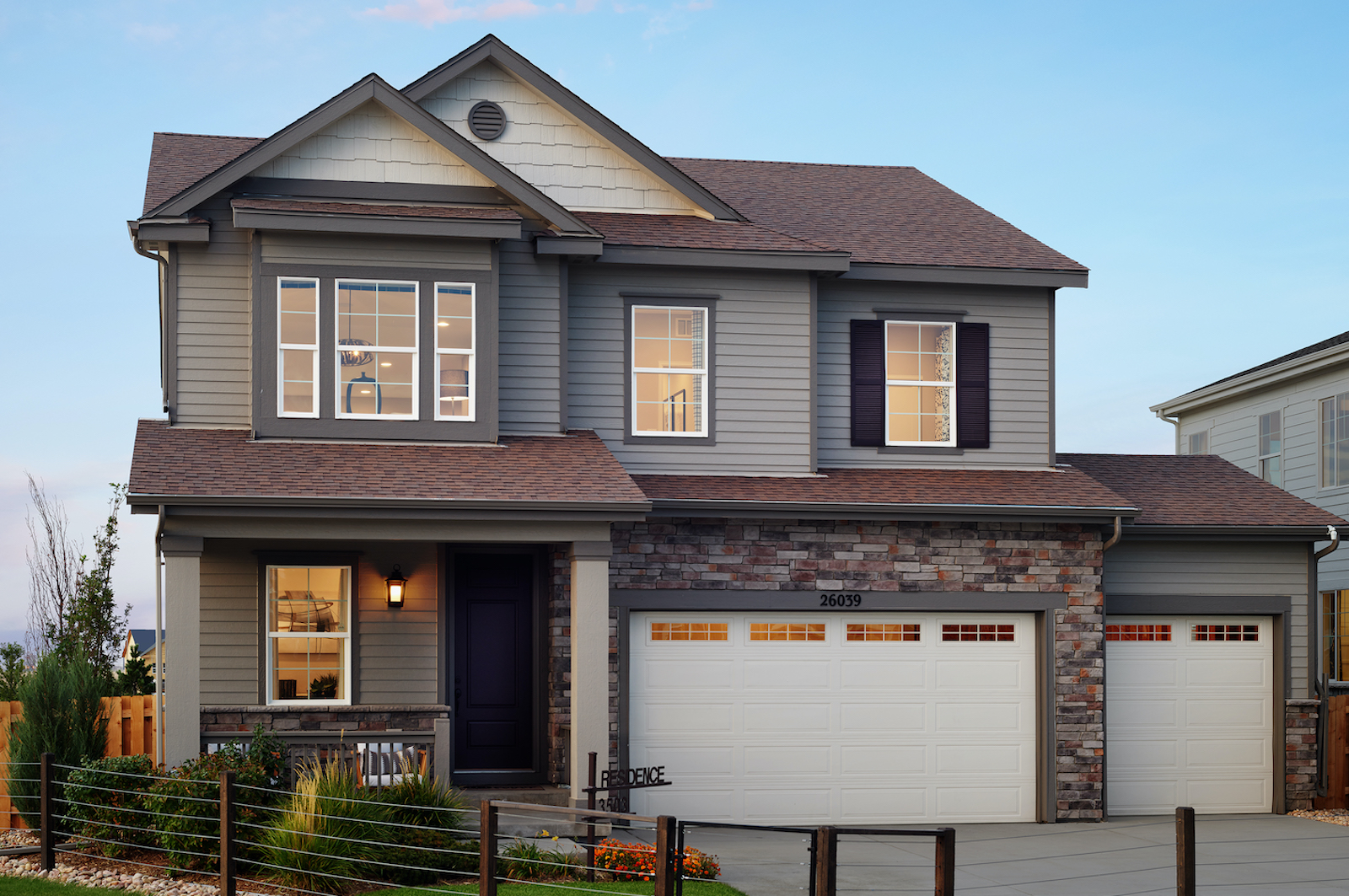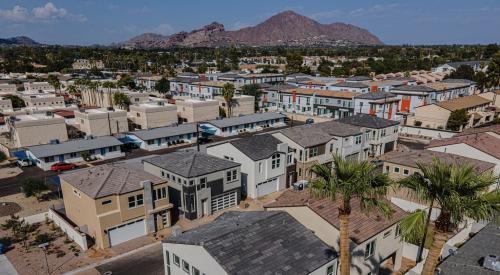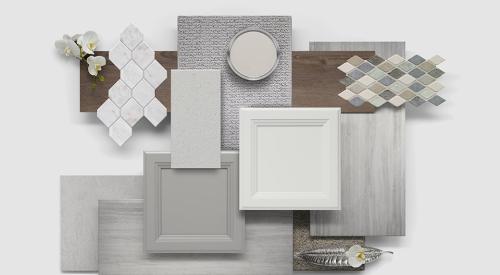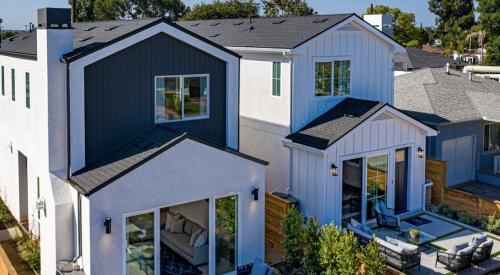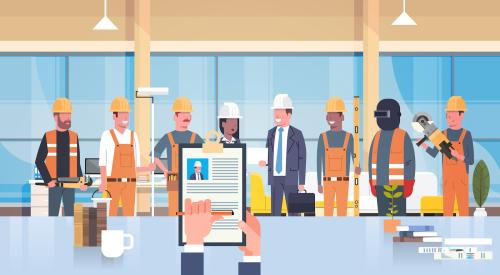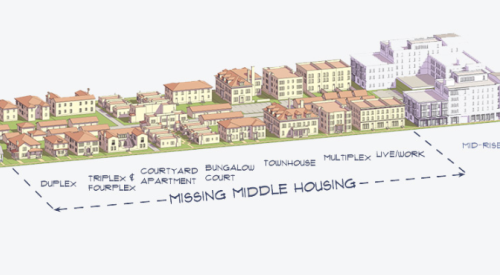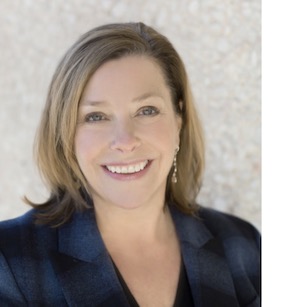
Division President
TRI Pointe Homes, Colorado
Linda Purdy might just have earth coursing through her veins. Before overseeing land-related functions at Richmond American Homes’ Colorado division for 15 years, she held land development and management posts at Centex and Hamon Contractors. Now she brings her more than 25 years of experience acquiring lots and getting dirt ready for ground-breaking to her role as the Colorado division president of TRI Pointe Homes.
The Denver division owns or controls more than 1,100 lots and opened four communities in 2020. Five more communities are slated for 2021, including the first-quarter openings of Trails at Crowfoot, in Parker; Sunstone Village at Terrain, in Castle Rock; and Sterling Ranch Townhomes, in Littleton, Colo., with six more planned for 2022.
Pro Builder: Regarding plans to broaden new-home offerings and expand price points, what is TRI Pointe Colorado looking at in terms of product and buyer target?
Linda Purdy: One of the things I've taken note of since stepping back into the home building industry—I took a sabbatical of about 14 months and returned to the industry around September and then stepped into this role in December—is the impact Millennials are having on the market. It appears they're moving to Denver and the Front Range [easternmost section of the Southern Rocky Mountains] faster than any other demographic. According to the Denver Metropolitan Association of Realtors, in 2019, about 62% of those moving to Denver from outside the state or another state was a Millennial, and Millennials make up 30% of our population in Denver. That's pretty astounding. And they're not just cars moving here; they're buying.
So that's difficult to ignore. But that said, we don't want to ignore other customer segments. I mean, we have growing school-age families, singles, and couples. You've got young professionals, and we've been really intentional about how we segment for each with our products and for our end users. So we’re very intentional about what we build, where we build it, and how we price it. We're looking at all buying segments, but it's very location specific. We take the data of who our buyer is in that particular core market area and then we design a community or a product around that.
PB: Are there features peculiar to Millennials that you're going to add?
LP: I think they're very keyed in on value. Millennials don't want to pay for something and not have a perceived value of what they're paying for, so they look at amenities. They look at some of the bling and the house a little differently than maybe a Boomer would. Perhaps that spectrum has narrowed because of the pandemic. I think we always thought of Millennials as the group that can more easily work from home, but obviously with COVID, most of us have had to think outside the box and figure out how to work at home. Those were the types of features Millennials may have looked for that Boomers weren't seeking, but that spectrum is narrowing.
PB: I wonder if you're seeing, with first-time buyers, because they’re coming to the market later, that they’re not starting out with an entry-level home but are buying what's more like a move-up home because they want amenities that aren't available at the entry level. Are you seeing that in terms of what first-time buyers are demanding when they're looking at product?
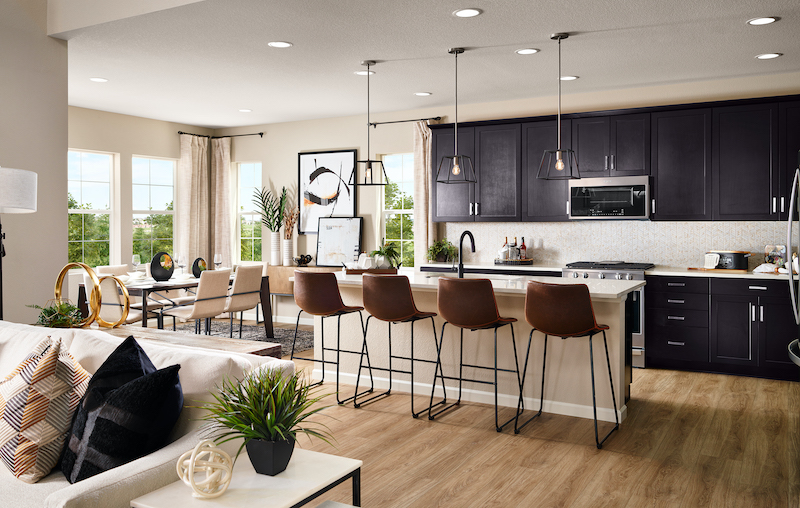
LP: Again, I think that's really changed because of the pandemic, but generally speaking, first-time buyers do look like they want to get something for the money they're spending. So yes, they probably have higher expectations about the options and standards they would expect in their house versus what we would perceive as a typical entry level. However, you do have attainability-driven Millennials, too—people who are willing to drive a bit further to get what they perceive to be more value, which could be more square footage, a yard, and things like that.
PB: As for reaching affordable/attainable price points, how will TRI Pointe get there in the face of headwinds from the rising costs of land, labor, and materials?
LP: Affordability is a significant concern, particularly here in Colorado. But we really try to focus on right pricing. By that I mean pricing homes that are appropriate to the market in a given area. We all know that affordability is relative, especially within the core market area. An example of that would be in Denver proper, where $600,000 might be deemed affordable, however, in a home with the same square footage and features, that affordability would be more like a $450,000 level in Northern Colorado or south of Denver.
RELATED
One of the things we've done here in the Colorado division is we really diversified our product offerings to include townhomes and duplexes, and we're doing that because we expect that higher densities can translate into more attainable pricing. We have not yet opened those communities. We're still finishing up some land development and waiting for permits. So we don't know if that will necessarily translate, but it certainly seems we're hitting those price points with the products that are at the more attainable level.
Ultimately though, we don't want to lose our identity as a premium lifestyle brand, and I say that because you have to recognize that premium does not necessarily mean luxury. Instead it means that we're high quality, but we have high perceived value. That goes back to any of the buyer segments, but certainly to those Millennials and to the homebuyers who are willing to pay a premium for a premium product with premium service and premium customer experience. That's what drives us here.
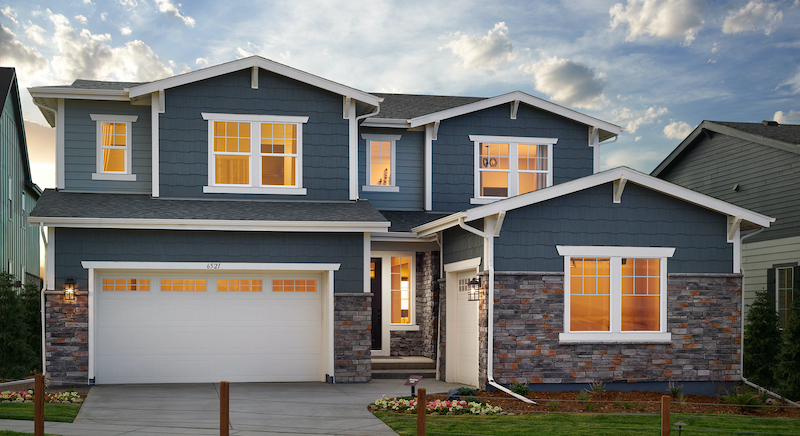
PB: What are your observations about the pandemic's impact on buyer groups?
LP: More than ever, homebuyers are looking for fresh and thoughtfully designed homes that can help them stay healthier and live better lives. We have seen some trends that have come out of COVID-19 obviously, and those include things like more private spaces. That's no surprise, since many people are obviously working at home with other people. We're looking at more virtual-friendly spaces, more tech spaces, and designated home offices. The functionality and livability of the home are big focus ... things like bigger pantries, touchless entries and faucets, or surfaces that are easier to clean. I think we're all obsessed with that.
We also have a bigger focus on the health and wellness of the home and how that can help and actually serve us in times like what we've been experiencing with the pandemic. So it's been really interesting. We are in the life-changing business, and certainly the pandemic did not change that. We're continuing to change lives by how we're designing homes and communities.
PB: Is air quality a part of that health and wellness focus?
LP: Absolutely, air quality is one of those things. There are myriad things we have extracted from this in terms of what is important to homebuyers relative to the pandemic. Those trends will continue to develop and evolve, certainly.
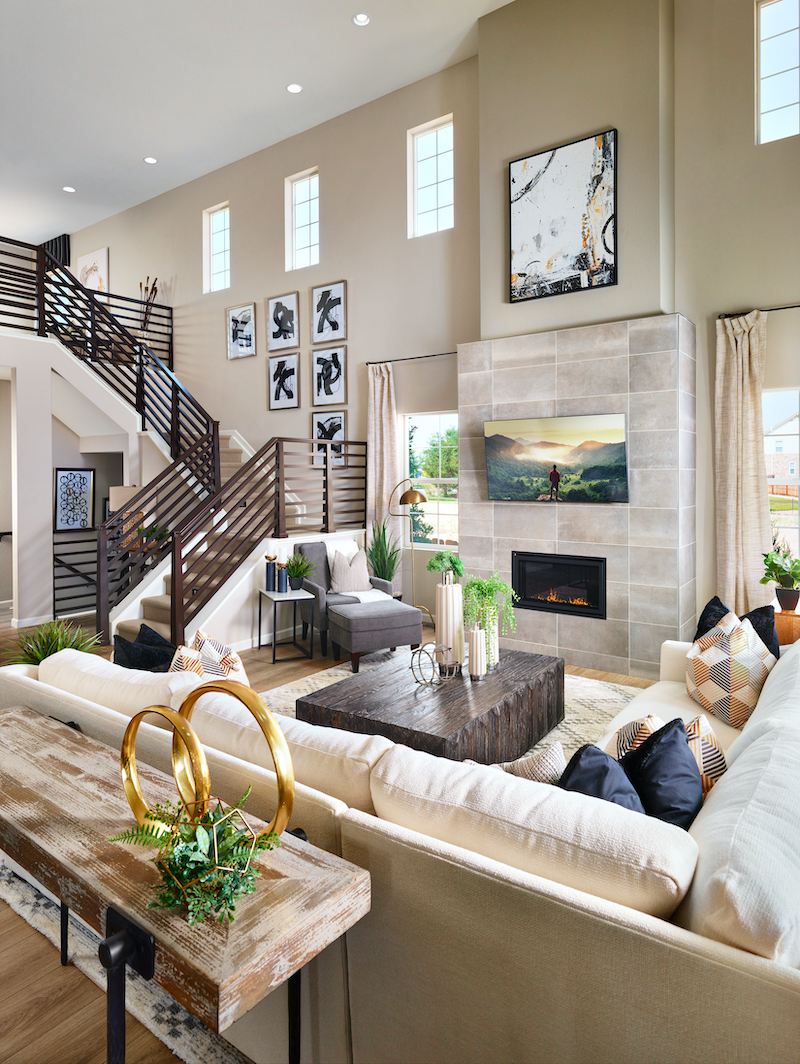
PB: What keeps you up at night?
LP: Oh gosh. On any given day my answer to that might be different, but simply stated: lot supply. My background is entirely in land and land development, so it's near and dear to my heart, but the robust home sales we saw in 2020 and in January this year have only accelerated our land position, such that we've really just poached lots from future years to satisfy our current demand.
If you think about it, land is one of the few things we can't make more of, right? And every builder is in the same boat and fighting for whatever lots they can get—any lots that are available. So competition is definitely fierce here for the Colorado market at TRI Pointe Homes. We're currently a baby builder. By that I mean we're around 200 deliveries a year, but we really want to triple in size by the end of 2025. And, with that said, we're going to need lots to feed that kind of growth. That's a tough order to fill. So that definitely is what keeps me up at night and definitely gives me pause.
PB: Has or will TRI Pointe consider alternative construction methods?
LP: I think that's a great question. I don't think I have enough tenure to really chime in on the subject, but I'm not personally aware of any discussions related to that. I do want to say that here panels may make sense for things like townhomes because they don't have a lot of structural options, but with plans that have a lot of structural options, and because we really do try to customize for our homebuyers, that drives us to more structural options.
Panels probably would not be feasible, but it would be nice to reduce waste. We always see dumpsters in front of homes being constructed that are full and by doing some sort of pre-planning and measuring we could reduce waste and that would certainly align with our commitment to sustainability.
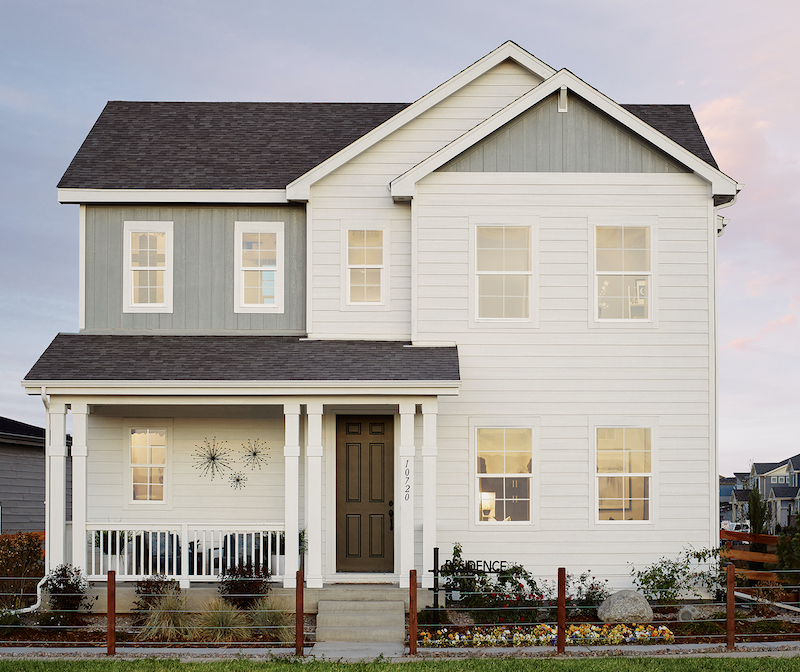
PB: TRI Pointe already offers access to an online studio, interactive floor plans, and virtual tours. How far do you think the digital homebuying experience can go?
LP: Long ago who would have bought a car without test driving it? I honestly think the sky is the limit. TRI Pointe Homes is very technology forward, and they're not afraid to use technology to leverage their position and to attract and retain homebuyers. The pandemic has certainly proven that with a bit of coaching and some encouragement homebuyers aren't intimidated by the virtual experience. In fact, they've really embraced it. I think about my mom trying to navigate this whole virtual world we're in. She's in her early 80s and she's pretty tech savvy. At the end of the day, she might want to see it in person, too, but I think she could probably get through the large part of the process without ever leaving our home.
RELATED
I don’t think this virtual homebuying experience is just a trend; it's the new normal. Frankly, our buyers are enjoying the convenience of shopping for a home in the comfort of their home or their car, or even their backyard, or at the neighborhood park. I think we've really grown accustomed to that because we've become so savvy with virtual home tours. You can do your loan applications online. You can set up consultations with new-home advisors by Zoom. We can even leave and have a virtual online design studio where you can create a wish list and even save multiple configurations. If you can't decide between different color schemes or cabinets, selections, or flooring, you can save different configurations so that when you do go into the design studio you can make your final selections. I just think that this is the direction we're going.
We just had a division presidents' call a couple of weeks ago and one of the divisions reported it had a entirely online home sale and closing for a couple who moved here from Italy. I believe this was a California division. So these people, completely sight unseen, were able to complete the entire buying process online. That tells me that we can expect this to continue in that direction.
PB: Now for a time-machine–type question: If you go back to your first year in the industry, your first role as a manager, or being in charge of a project or looking for land ... with all of the experience you've gained since then, if you could go back and tell your rookie self what to do or what not to do, what advice would you give?
LP: You know, I thought about this long and hard and I was like, should I be philosophical or practical? Should I be specific? And at the end of the day, I really wish I had laughed more and hadn't taken myself so seriously. I've learned over the years that enjoying the ride is a big part of being successful. And if I didn't have laughter every day with the people I surround myself with, none of this would be worth it. So I would tell my rookie self to definitely laugh more and don't take yourself so seriously.
